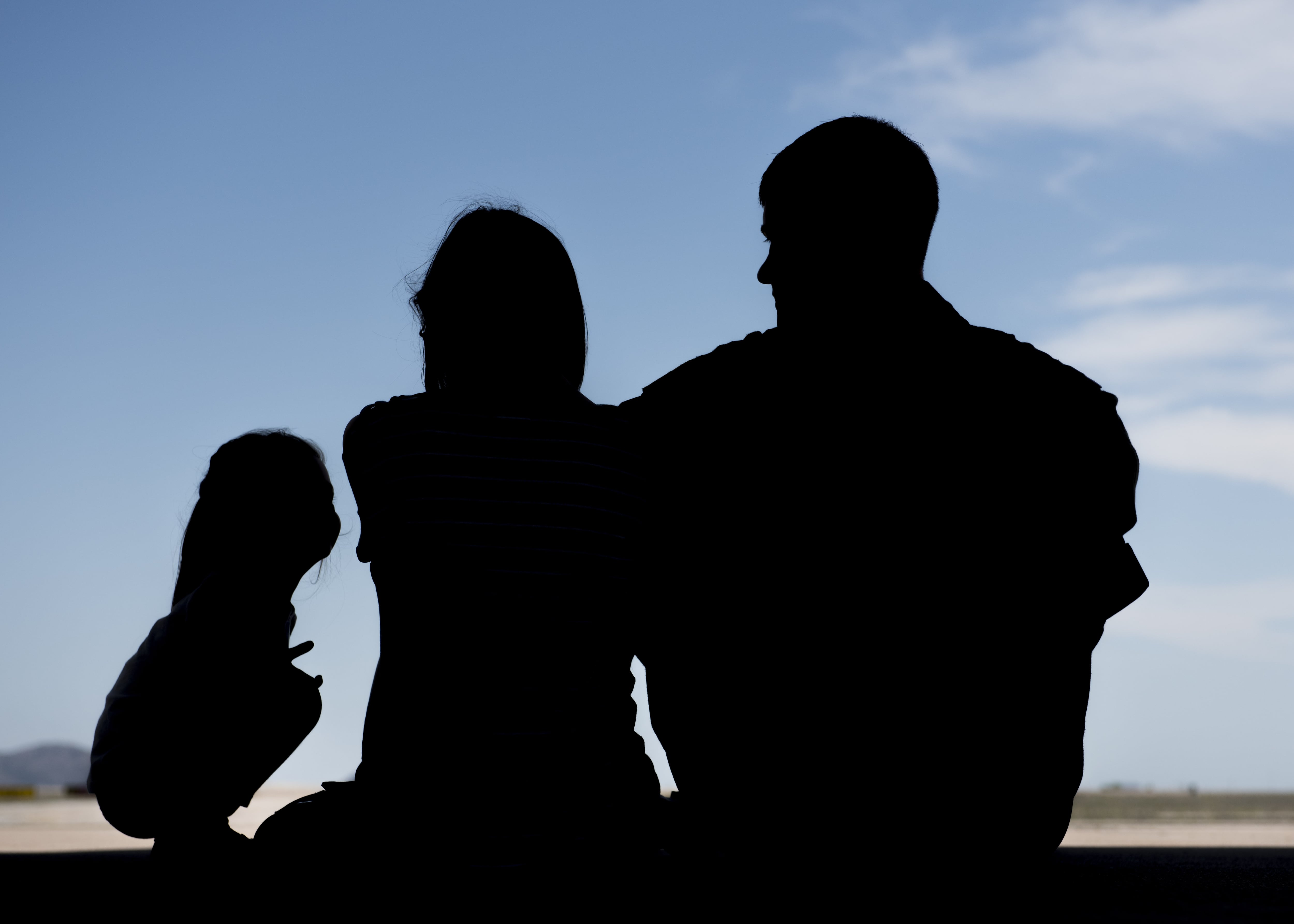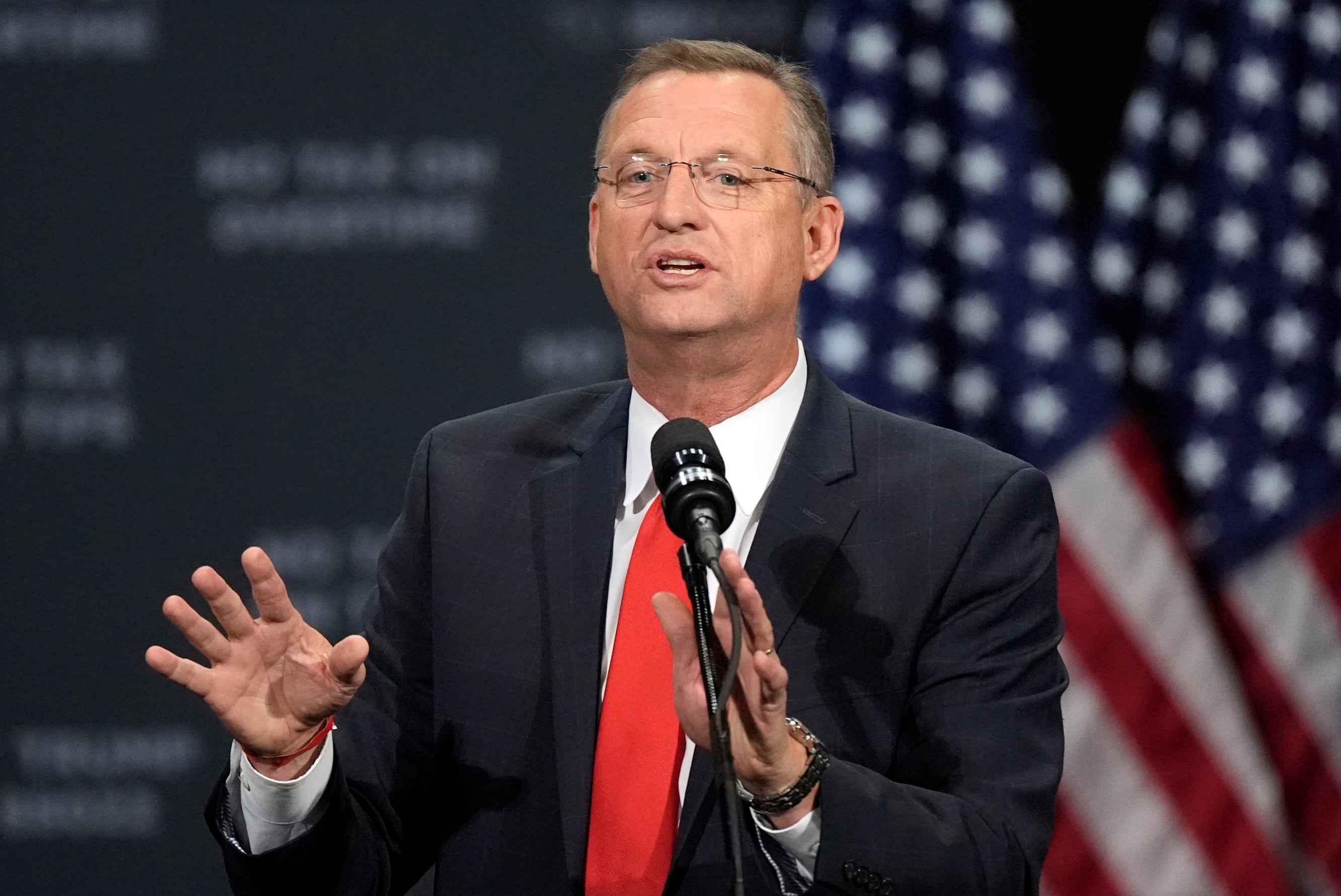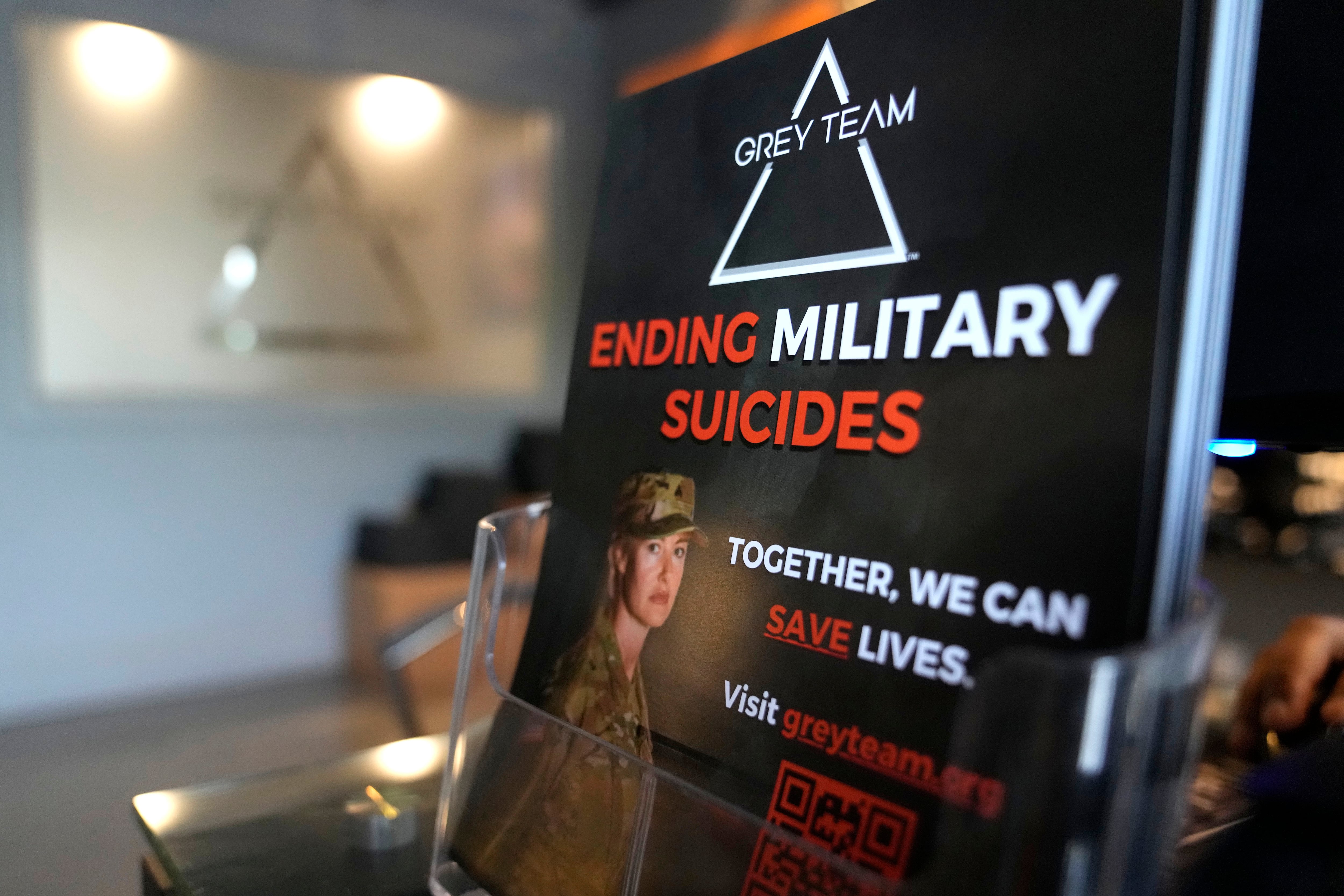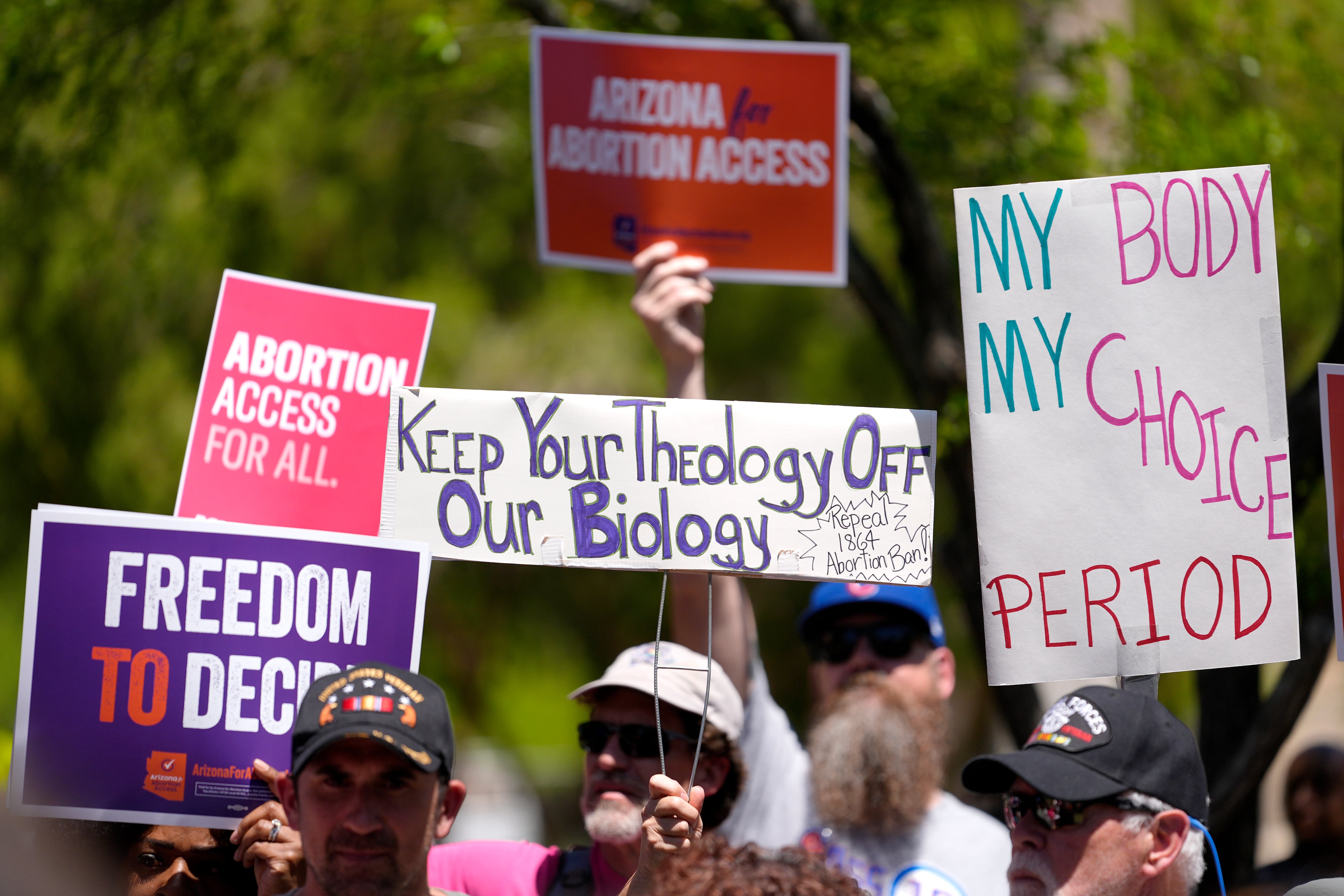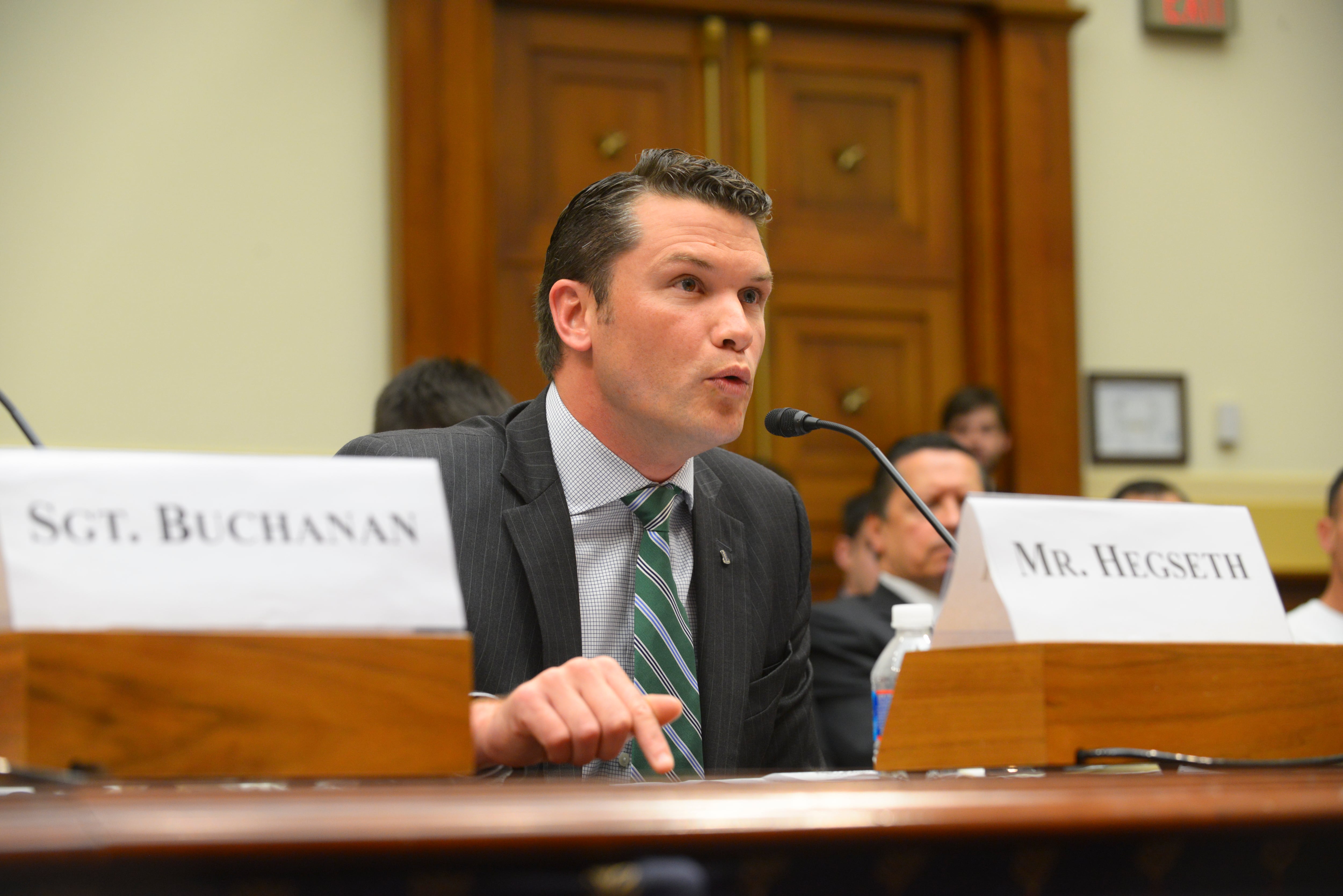WASHINGTON ― Twenty-four hours after Hurricane Maria sent Puerto Rico into darkness, the first National Guard troops arrived, well-versed in how to handle the aftermath. Maria is their third Category 5 hurricane this month.
The first 500 troops to respond were Puerto Rico National Guard forces activated in advance of the storm. On Thursday they conducted search and rescue missions and did route clearance, said Lt. Col. Jamie Davis, a Pentagon spokesman.
The next wave will arrive with generators, helicopters and high-water vehicles. Much of that equipment was used in the National Guard’s response to Hurricane Harvey Aug. 25, and then Hurricane Irma Sept. 10. Then it was pre-positioned again to be ready for Maria.
“We’ve learned a lot from [Hurricane] Katrina over the years,” Air Force Gen. Joseph Lengyel, chief of staff of the National Guard, told defense reporters Monday.
One of the lessons learned was the value of bringing in deployable, civilian-friendly phone lines. Hurricane Maria destroyed Puerto Rico’s electrical grid and downed most of its telephone wires.
Getting some of that communication restored will depend on the Joint Incident Site Communications Capability.
The JISCC is a 20-foot, tented communications system on a trailer, with its own generator and satellite dish. It can move to a storm location via a flatbed or a C-130.
It’s normal for the military to deploy with its own communications systems. The problem is that those networks are often closed off from non-military phone calls.
With the JISCC, “the system is so flexible, that a county sheriff on his personal cell phone can call up a military commander who is using his standard military radio system,” said Army Col. Les Melnyk, a spokesman for the Guard. “This is facilitated by radio cross-banding and is a unique capability of the JISCC.”
“We can bring these systems into a disaster response area, where maybe the cell phone networks have been taken out, and we can establish a network for people to be able to communicate,” Lengyel said.
The National Guard first tested out the JISCC during Katrina in 2005. Based on its performance there, the Defense Department used National Guard and reserve equipment funds to buy 100 of them. Each system costs about $1.5 million.
The Guard had six JISCCs in use for its Hurricane Harvey response and 12 for Irma. Puerto Rico’s National Guard had two on the island, which they took down to protect them before Maria hit “but they will be up and running soon,” Melnyk said.
The Guard Bureau is also coordinating to have six more JISCCs sent to Puerto Rico, two each for airfield operations, a joint force headquarters and two to support U.S. Marines operating there from the nearby amphibious assault ships Wasp and Kearsarge, which remained in the area following Hurricane Irma.
Aircraft from those ships also conducted their first search and rescue operations early Thursday, Davis said.
Lengyel suspects the JISCC will be needed again before the year is out, noting that 2012’s Hurricane Sandy hit in November.
“This has been a pretty aggressive hurricane season,” Lengyel said. “We’re not by any means out of the danger zone yet.”
Tara Copp is the Military Times’ Pentagon Bureau Chief. Tcopp@mco.com on Twitter: @TaraCopp
Tara Copp is a Pentagon correspondent for the Associated Press. She was previously Pentagon bureau chief for Sightline Media Group.

